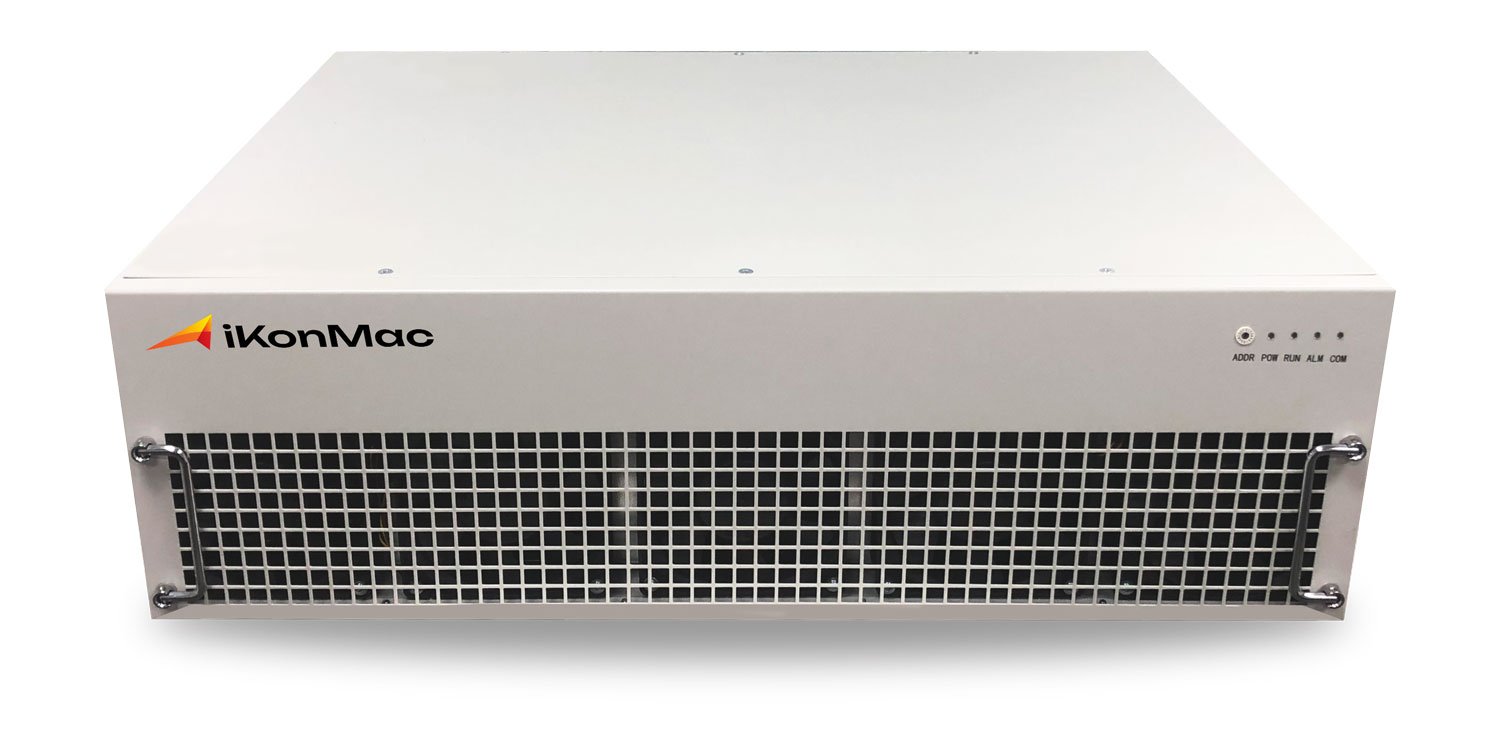How to size Active Harmonic Filter & Static Var Generator?
In today’s industrial and commercial environments, maintaining optimal power quality is paramount. Non-linear loads, such as variable frequency drives and rectifiers, introduce harmonics and reactive power issues that can compromise system efficiency and equipment lifespan. Implementing Active Harmonic Filters (AHFs) and Static Var Generators (SVGs) can mitigate these challenges, but accurate sizing is crucial for their effectiveness.
Understanding the Basics
Based on the experience of the power quality industry, two formulas are commonly used to estimate the capacity of harmonic suppression.
(1) Centralized governance: Estimate the configuration capacity of harmonic governance based on industry classification and transformer capacity.
\[ I_h = \frac{S \times K}{\sqrt{3} \times U \times \sqrt{1 + \text{THD}_i^2}} \times \text{THD}_i \]
U ─── Rated voltage on the secondary side of the U-transformer
Ih ─── Harmonic current
K ─── Transformer load rate
|
Industry Type |
Typical harmonic distortion rate % |
|---|---|
|
Subways, Tunnels, High-speed trains, Airports |
15% |
|
Communication, Commercial buildings, Banks |
20% |
|
Medical Industry |
25% |
|
Automobile manufacturing, Ship manufacturing |
30% |
|
Chemical / Petroleum |
35% |
|
Metallurgical Industry |
40% |
(2) On site governance: Estimate the configuration capacity of harmonic governance based on different load devices.
K ─── Transformer load rate
|
Load type |
Typical harmonic content % |
Load type |
Typical harmonic content % |
|---|---|---|---|
|
Inverter |
30~50 |
Medium frequency induction heating power supply |
30~35 |
|
Elevator |
15~30 |
Six pulse rectifier |
28~38 |
|
LED Lights |
15~20 |
Twelve pulse rectifier |
10~12 |
|
Energy saving lamp |
15~30 |
Electric welding machine |
25~58 |
|
Electronic ballast |
15~18 |
Variable frequency air conditioning |
6~34 |
|
Switching Mode Power Supply |
20~30 |
UPS |
10~25 |
(1) Estimate based on transformer capacity:
20% to 40% of the transformer capacity is used to configure reactive power compensation capacity, with a general selection of 30%
Qcompensate = 30% × S
For example, a 1000kVA transformer is equipped with 300kvar reactive power compensation
(2) Calculate based on the power factor and active power of the equipment:
If there are detailed load parameters, such as maximum active power P, power factor COSθ before compensation, and target power factor COSθ after compensation, the actual compensation capacity required for the system can be directly calculated:
P ─── Maximum power
Q ─── Average load coefficient (generally taken as 0.7-0.8)
In today’s industrial and commercial environments, maintaining optimal power quality is paramount. Non-linear loads, such as variable frequency drives and rectifiers, introduce harmonics and reactive power issues that can compromise system efficiency and equipment lifespan. Implementing Active Harmonic Filters (AHFs) and Static Var Generators (SVGs) can mitigate these challenges, but accurate sizing is crucial for their effectiveness.
Understanding the Basics
Based on the experience of the power quality industry, two formulas are commonly used to estimate the capacity of harmonic suppression.
(1) Centralized governance: Estimate the configuration capacity of harmonic governance based on industry classification and transformer capacity.
U ─── Rated voltage on the secondary side of the U-transformer
Ih ─── Harmonic current
K ─── Transformer load rate
|
Industry Type |
Typical harmonic distortion rate % |
|---|---|
|
Subways, Tunnels, High-speed trains, Airports |
15% |
|
Communication, Commercial buildings, Banks |
20% |
|
Medical Industry |
25% |
|
Automobile manufacturing, Ship manufacturing |
30% |
|
Chemical / Petroleum |
35% |
|
Metallurgical Industry |
40% |
(2) On site governance: Estimate the configuration capacity of harmonic governance based on different load devices.
K ─── Transformer load rate
THDi ─── Total current distortion rate, with a range of values determined based on different industries or loads
|
Load type |
Typical harmonic content % |
|---|---|
|
Inverter |
30~50 |
|
Medium frequency induction heating power supply |
30~35 |
|
Elevator |
15~30 |
|
Six pulse rectifier |
28~38 |
|
LED Lights |
15~20 |
|
Twelve pulse rectifier |
10~12 |
|
Energy saving lamp |
15~30 |
|
Electric welding machine |
25~58 |
|
Electronic ballast |
15~18 |
|
Variable frequency air conditioning |
6~34 |
|
Switching Mode Power Supply |
20~30 |
|
UPS |
10~25 |
Capacity Determination of Static Var Generator
(1) Estimate based on transformer capacity:
20% to 40% of the transformer capacity is used to configure reactive power compensation capacity, with a general selection of 30%
Qcompensate = 30% × S
For example, a 1000kVA transformer is equipped with 300kvar reactive power compensation
(2) Calculate based on the power factor and active power of the equipment:
If there are detailed load parameters, such as maximum active power P, power factor COSθ before compensation, and target power factor COSθ after compensation, the actual compensation capacity required for the system can be directly calculated:
P ─── Maximum power
Q ─── Average load coefficient (generally taken as 0.7-0.8)


